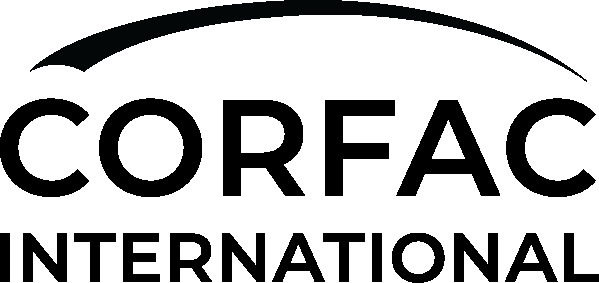Industrial Market Opportunities Prevail Amid High Demand

Despite the industrial market cooling off, the advent of e-commerce has made the sector the darling of institutional investors for the past four years. An expected e-commerce rebound in 2025 is boosting demand for industrial space while adding thousands of jobs in the warehouse sector.
But due to this heightened interest, a gap has opened between institutional investors, who tend to be large investment firms, and noninstitutional buyers. Noninstitutional investors are looking to invest in less competitive sectors because increased capital requirements make it harder for them to compete with the top players, said David Boyd, managing principal of Boyd Commercial/CORFAC International in Houston and 2024 president of CORFAC International.
Many private equity firms have been acquiring large portfolios of high-end industrial real estate like Class-A warehouses. Smaller investors such as family offices and emergent private equity funds that are competing with institutional capital may have to look elsewhere, such as Class-B and C industrial properties.
Emerging Industrial Markets
Boyd said the growth of some of the largest industrial markets in the U.S., such as Los Angeles, Chicago and Atlanta, can be attributed to their rising economies and proximities to residents and transportation. Those exploring new areas for industrial investment should start with these same factors.
“As with most commercial property asset classes, industrial demand follows new rooftops,” Boyd said earlier this year. “Industry trends including e-commerce, technology and re-shoring/nearshoring of manufacturing are also driving new industrial demand.”
The industrial sector is positioned to flourish in markets with strong fundamentals. One example is the rapid population growth in central Florida.
“The industrial real estate market in central Florida is thriving, with rent growth occurring at one of the fastest paces of all U.S. markets,” said Trent Scott, president of First Capital Property Group/CORFAC International in Orlando, Florida. “This is being driven by e-commerce growth, rapid population growth, tourism expansion and strategic location advantages for logistics and distribution across the state.”
Scott added that speculative development has created excess supply in central Florida, especially of large and midsized products. Land for industrial development, especially infill, is also rapidly becoming scarce.
Unlocking Potential Industrial Investments
The commercial real estate market has experienced significant upheaval since the pandemic changed the way people use space, leading to more investment activity in different types of industrial assets.
Boyd said family offices and startup investors may find opportunities in older Class-B warehouse properties where rents are substantially below market levels.
“In a sellers' market, upon acquisition, the initial yield on a multitenant industrial property may be low,” Boyd said. “However, with a good leasing and management program in place, the rents can be raised over time to a market level increasing the cash flows to the owner.”
Boyd said some tenants are interested in metal-clad buildings housing manufacturing operations or industrial outdoor storage facilities. These assets can provide a higher yield than traditional distribution warehouses.
Getting Ahead Of Opportunities
In a tight market, some investors may be tempted to take a wait-and-see approach, but it is difficult to predict whether market conditions will improve or new properties will become available.
Wilson Covington, senior vice president and partner for Atlanta-based King Industrial Realty/CORFAC International, said that in today’s Atlanta industrial real estate market, everyone is competing for the same space or building.
“Investors need to focus on the current market conditions now rather than thinking about what rates and availability may be in the future,” he said. “Act decisively when you find a space that fits your needs, as hesitation often leads to missed opportunities.”
Boyd said buyers should work with an adviser who knows the ins and outs of the local market and has the right experience to assess if the future performance of a deal is worth the risk.
“The principal investor must come to the table with their ownership structure, operational experience, source and availability of debt and equity, time horizon and, most importantly, risk tolerance,” he said. “All of these elements allow parties to act swiftly when the right opportunity strikes.”
This article was produced in collaboration between CORFAC International and Studio B. Bisnow news staff was not involved in the production of this content.
Studio B is Bisnow’s in-house content and design studio. To learn more about how Studio B can help your team, reach out to studio@bisnow.com.

